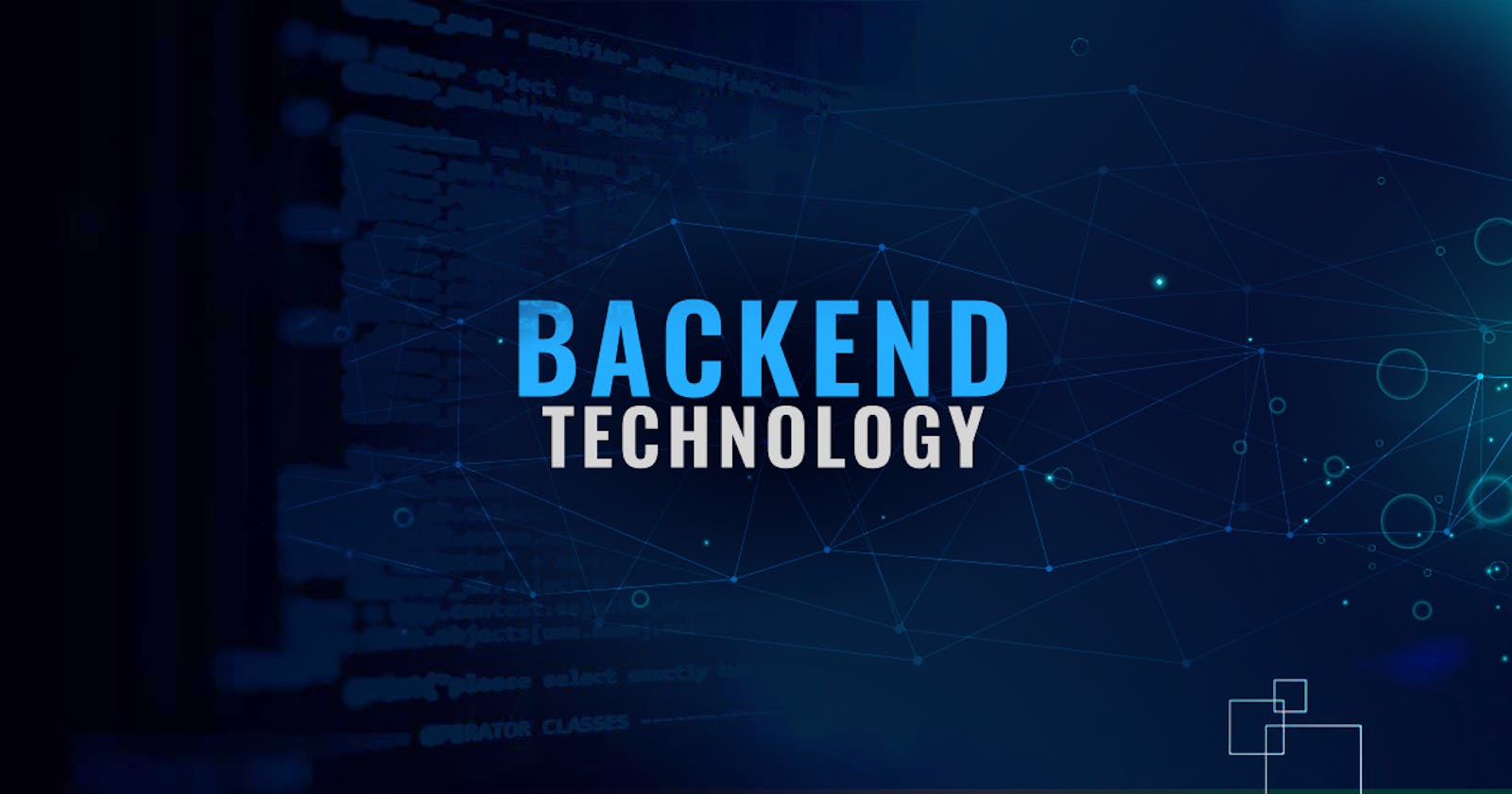Things you need to take into consideration when building a backend software
Table of contents
No headings in the article.
A Backend can be referred to as the part of the software that cannot be directly interacted it, it is also known as the data access part of the Application or software. It is the middleman between the front end and the database.
The frontend application sends the request to the backend and the backend interacts with the database or equivalent technology and sends the response back to the frontend application.
The backend task includes but is not limited to storing, updating, and deleting data, processing frontend requests, encrypting and decrypting data, and others.
Some of the major things to be considered when building a backend system are:
- Authentication and Authorization
- Logging
- Throttling and Rate limiting
- Notification Service
- Continuous Integration
- Versioning
Authentication and Authorization
One of the first things to consider when building a backend system is authentication and authorization. Authentication checks if the person or user trying to access the system has the correct credential, some of the ways this can be achieved is through checking email/username and password, one-time pins, authentication apps, and other secure means.
The goal is to confirm that the user credentials correspond to what is saved in the database. Authorization on the other hand is responsible for checking if the user has the permission to access a particular resource, for example, what a user with a super admin role or permission can access is different from what a normal user can access.
Authentication and Authorization are one of the first things to be implemented when building a backend system.
Logging
The need for logging cannot be overemphasized, at a point in the life of your application, an error will occur, whether critical or minor. Since you are not the only one using your application, you will not be able to know what happen or what triggered the error, with a good logging system in place, you can be able to see what exactly happened, the errors, and success logs.
Logging takes way guesswork on what could have happened. It makes absolute sense to log every action occurring in your backend system.
Logging should be considered at the starting point of the project. When building a logging system, the best practice is that passwords, tokens, OTP's, and other sensitive information should not be logged.
Throttling and Rate limiting
Throttling is used to provide control over an API, it is used to slow down the processing of a request, for example, when a user sends multiple requests to an API endpoint, it can ignore the subsequent request, hereby preventing the user from hitting the rate limit.
Rate limit, on the other hand, stops the user from sending a request to the API endpoint, when a user continuously sends a request to a particular endpoint and it reaches the maximum allowed requests per second, the rate limiter blocks access to that particular endpoint or the whole system.
It actually uses the system IP to identify the system sending the request, once the IP reaches the max request per second, the user will be unable to send a request from that IP.
Notification Service
Notification services are important when building backend systems, depending on the system, you will need to send emails, sms, push notifications, and other messages.
it is important to think about how to implement the notification system early in the development process. One cool thing about notification services is that once they are built, they can be used throughout the project
Continuous Integration
Continuous integration involves automating the deployment process of development, anything the development gets into a state whereby it can be deployed, there are a couple of things that need to be done, testing, creating a build, and others, all this can be automated and should be automated. It saves time and prevents accidentally breaking what is already working.
Versioning
Versioning is very important, especially when the project is an open-source project or has a large userbase. This is important because change is constant and a time may come when breaking changes will be introduced to the code base, when the code is versioned, the breaking changes can be moved to another version i.e v2, and users that are already using the v1 can continue using it without any interruptions.
Conclusion
Other things that can also be considered are how to manage secrets properly, using an application monitoring tool, scalability, software designs pattern, security best practices, documentation, and others.
Thank you for reading

